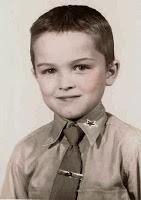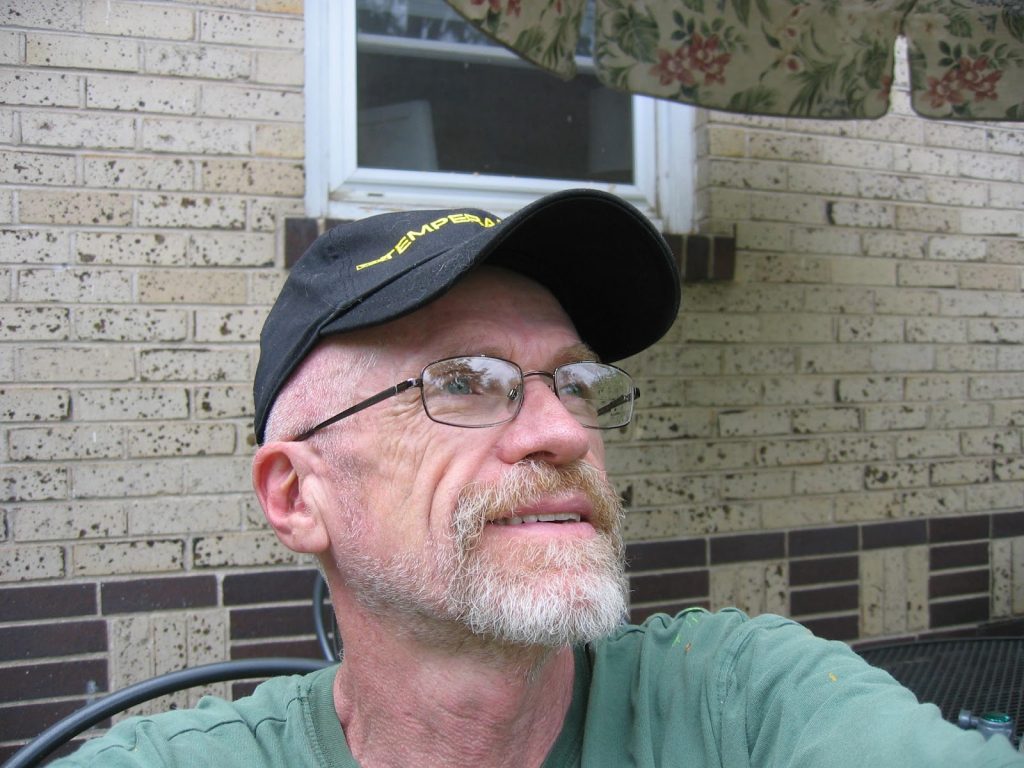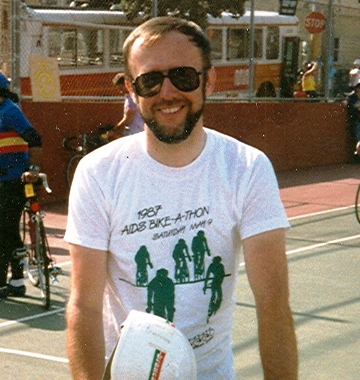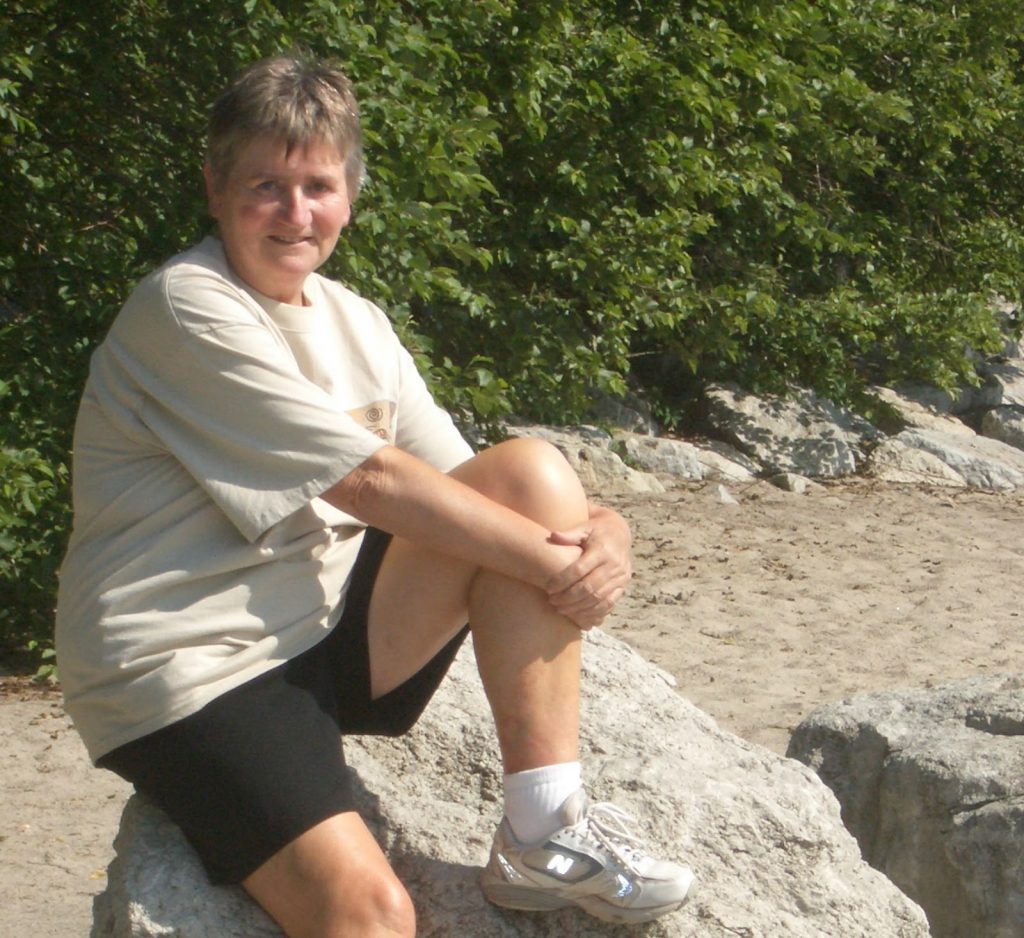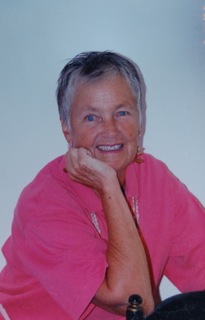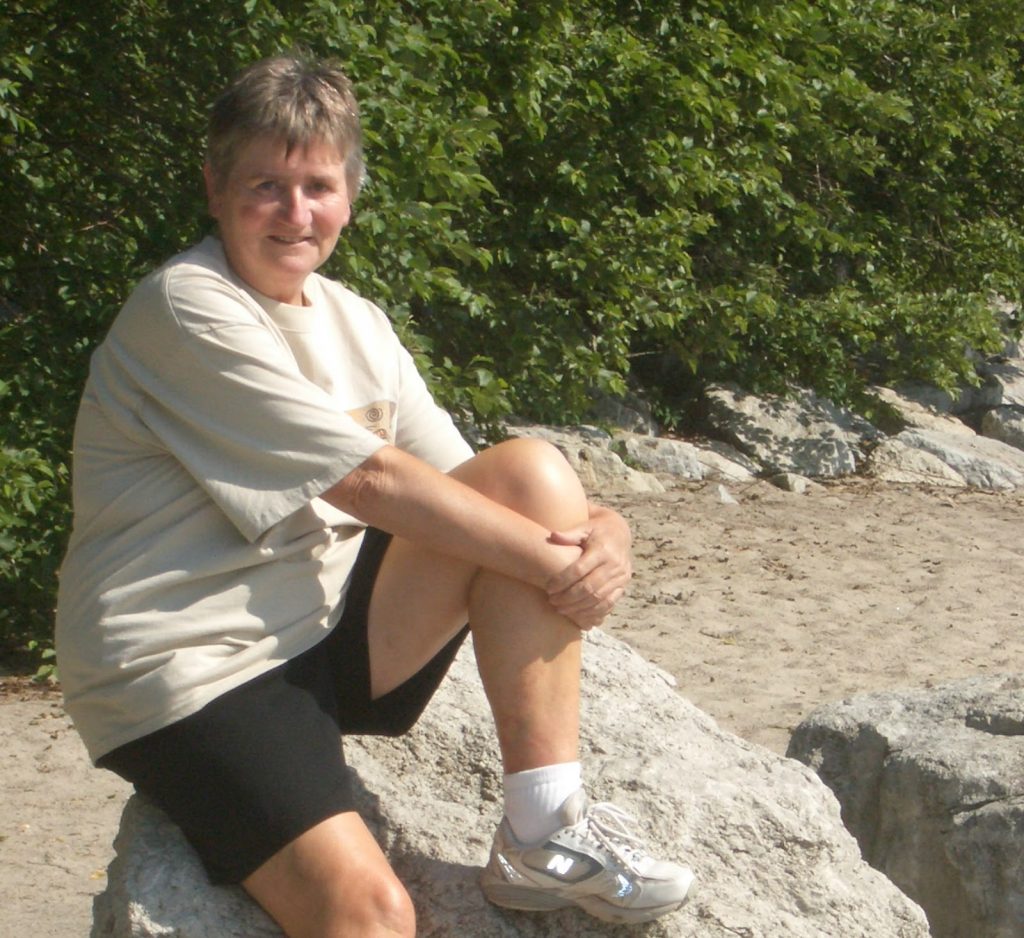Angels apparently abound.
Angel Falls and Angel Island. The Blue Angels, fallen angels, guardian angels, angel cake, angel hair, angel wings, angel dust, angel eyes and angel sharks; the Los Angeles Angels, Angels in the Outfield and Angel on my Shoulder. Hark the Herald Angels Sing. Angels We Have Heard on High. Not to mention innumerable men in Spanish-speaking countries named Angel.
In spite of the word’s popularity, I had a friend who couldn’t even recognize it, though I wouldn’t class it as a very difficult word, and his native language was English. (If you can say that about someone from Minnesota.) He was a devout Lutheran, and seemed to have no difficulty with the word in prayers, or the Bible, or Xmas carols, but he was incapable, apparently, of recognizing it out of context. The famous U.S. navy flight squadron became the Blue Angles, and remained so even after he had been to see one of their displays. There was angle food cake, angle hair pasta, and angle dust. But then, this came from the person who unfailingly called the old Alpenglow motel in Winter Park, now a Best Western by the way, the Al-pen-gull-o. I amused myself one day trying to get him to say angle iron, wondering if it would have become angel iron, but failed to elicit the word at all.
I don’t have a problem recognizing the word, but I’m not too sure I would recognize the real thing. Although, in hind-sight, at least, I’m getting much better. There are many of them (or us) about. I firmly believe that most, possibly all, of us, have a bit of angel somewhere within. The amount varies from person to person, time to time, place to place, and in the eye the beholder. For many fortunate children, like me, parents are at least partly angels. They are our guardian angels, keeping us safe and helping to guide our early ventures in this new world. For many fortunate parents, as they age and the roles begin to reverse, the children become the guardian angels of the parents. For many fortunate adults, again like me, a spouse or life partner provides some glimpses of angel. Often we get a briefer glance at an angel; that friend who uncomplainingly moves in for a month to take care of us after surgery, or that neighbor who never talks to us but who unfailingly keeps our sidewalk shoveled free of snow simply because he sees that for us it is no longer a pain-free activity.
Sometimes it’s a complete stranger. Several years ago I observed an old woman leaving a homeless shelter. A fresh flower lay on the sidewalk, looking as if it had just fallen from someone’s button hole. She tried to pick it up, but it seemed too hard to bend so much, so I swooped in and picked it up. She looked ready to cry, then pure joy glowed in her face when I handed it to her.
“Oh bless you,” she muttered, “I did want that.”
Her shaking fingers held it up in the sunlight.
“All that beauty!” she said.
“And all for nothing”
She will never know it, but she was my angel for that moment, and returns to me as such quite often. I see a beautiful sunset or colorful bird and I hear her voice again,
“All that beauty! And all for nothing.”
Perhaps I too was a momentary angel that day, for her. Perhaps the fact that someone not only did not cross the street to avoid her, but actually acknowledged her existence and for two seconds offered a hand in kindness, meant as much to her as the encounter did for me. I shall never know, and that will never matter.
I used to be a champion Dumpster Diver. You’d be amazed at what perfectly good items end up tossed in the trash. I don’t do it much now; not because of any newfound dignity but because of newfound aches and pains. One morning I surfaced from a promising dumpster to see an old face just surfacing beside me. A possibly homeless, certainly poor, old woman with a sad face which looked about to cry.
“No doughnuts nor nothing.” She leaned back down over the rim, rummaging as far down as she could reach. I gazed hopefully with her, but could see no sign of wrapped food items.
“Monday morning,” she declared knowledgeably, “I can mostly find some breakfast in here.”
She sank dejectedly down on the pavement, again looking close to tears.
“Don’t go away,” I called as I hurried off into the store, “I’ll be right back.”
I bought a dozen assorted doughnuts and rushed back out.
Another old face lit up. She thanked me profusely and set about stuffing the things into her mouth.
She was, and is, among my angels. She reminds me of my extreme good fortune in this world, that I can go dumpster diving for fun whereas she, and all those many like her, do it out of necessity.
I doubt most, if any, of my angels, dream they are so important to me, a person who, to many of them, is a complete stranger; someone they have probably completely forgotten. In the same way, I don’t know if I have ever been, or am, anyone’s angel. Only one person has ever actually told me I was an angel, and that was my oldest step-son. He was, as usual, deep down in a Bourbon bottle at the time, so I should probably not let it make me too proud of my inner angel.
But I do believe I have one. I believe everyone in this room has one. In fact, someone in this room might be an angel to someone else in this room. We can become an angel to someone at any moment anywhere, and we can find our own angels any moment anywhere.
All we have to do is open our hearts and spirits, and receive with joy whatever comes.
© 15 December 2014
About the Author
I was born and raised in England. After graduation from college there, I moved to the U.S. and, having discovered Colorado, never left. I have lived in the Denver-Boulder area since 1965, working for 30 years at IBM. I married, raised four stepchildren, then got divorced after finally, in my forties, accepting myself as a lesbian. I have now been with my wonderful partner Betsy for 25 years.
